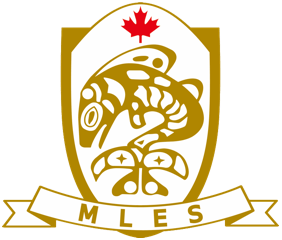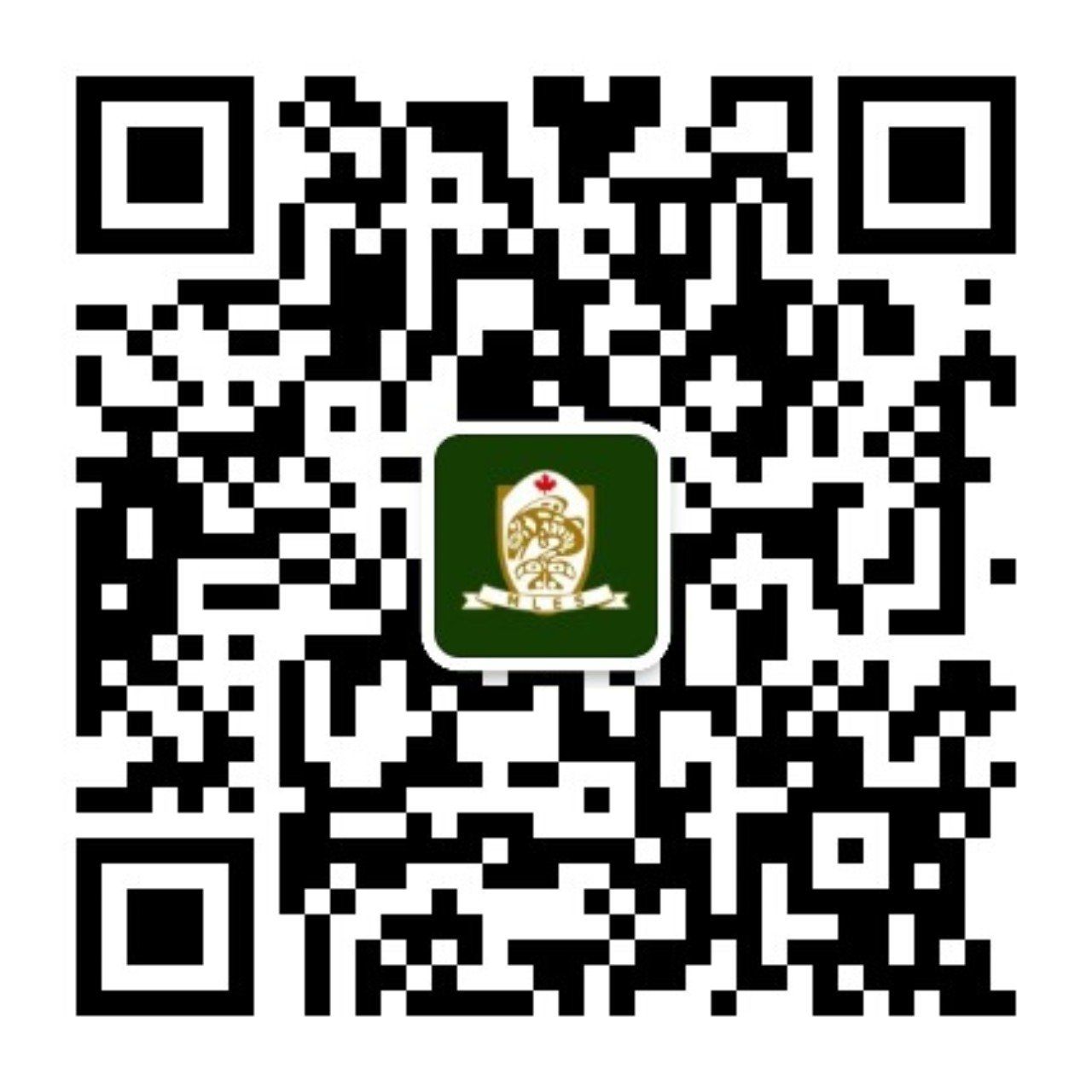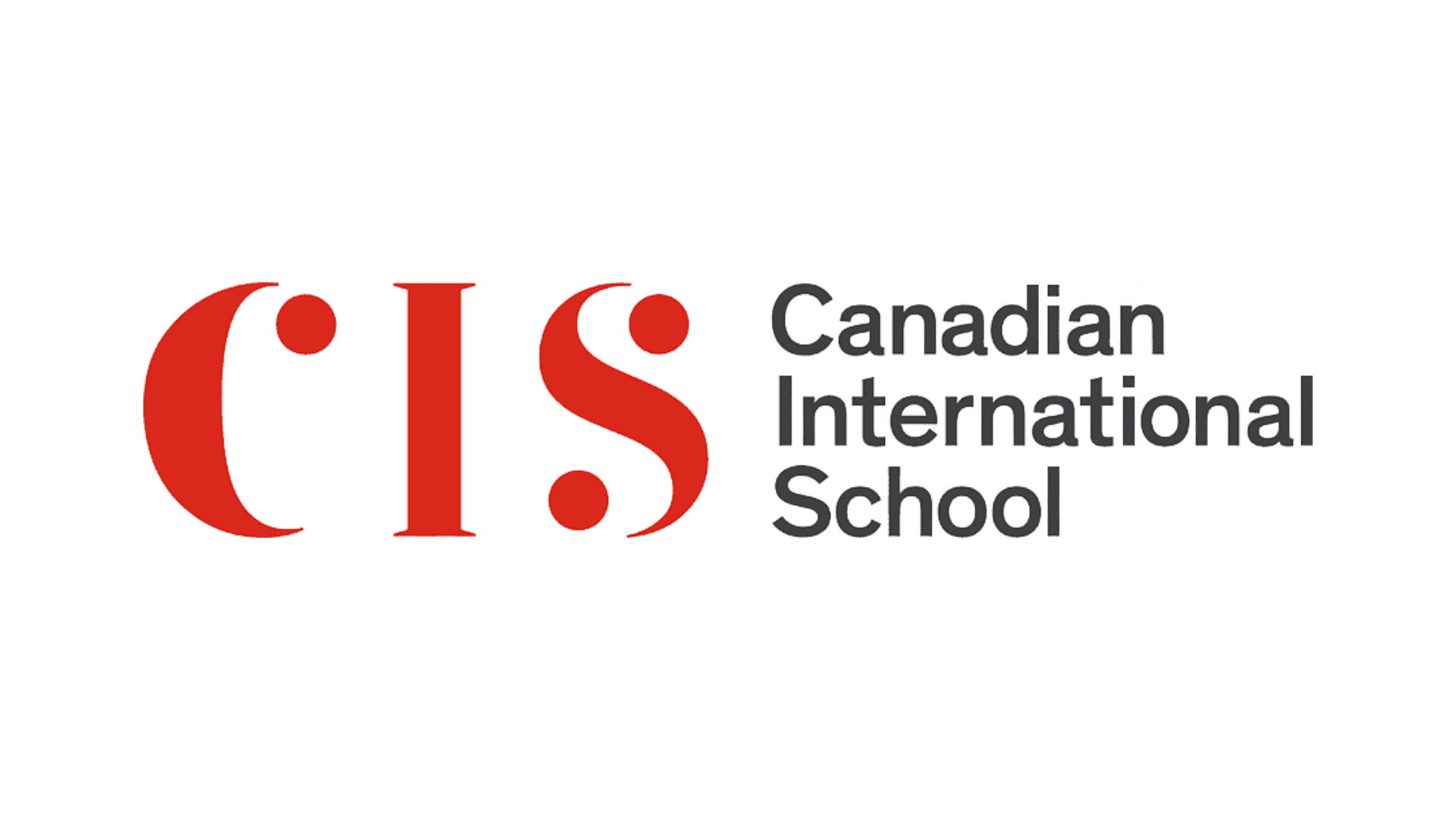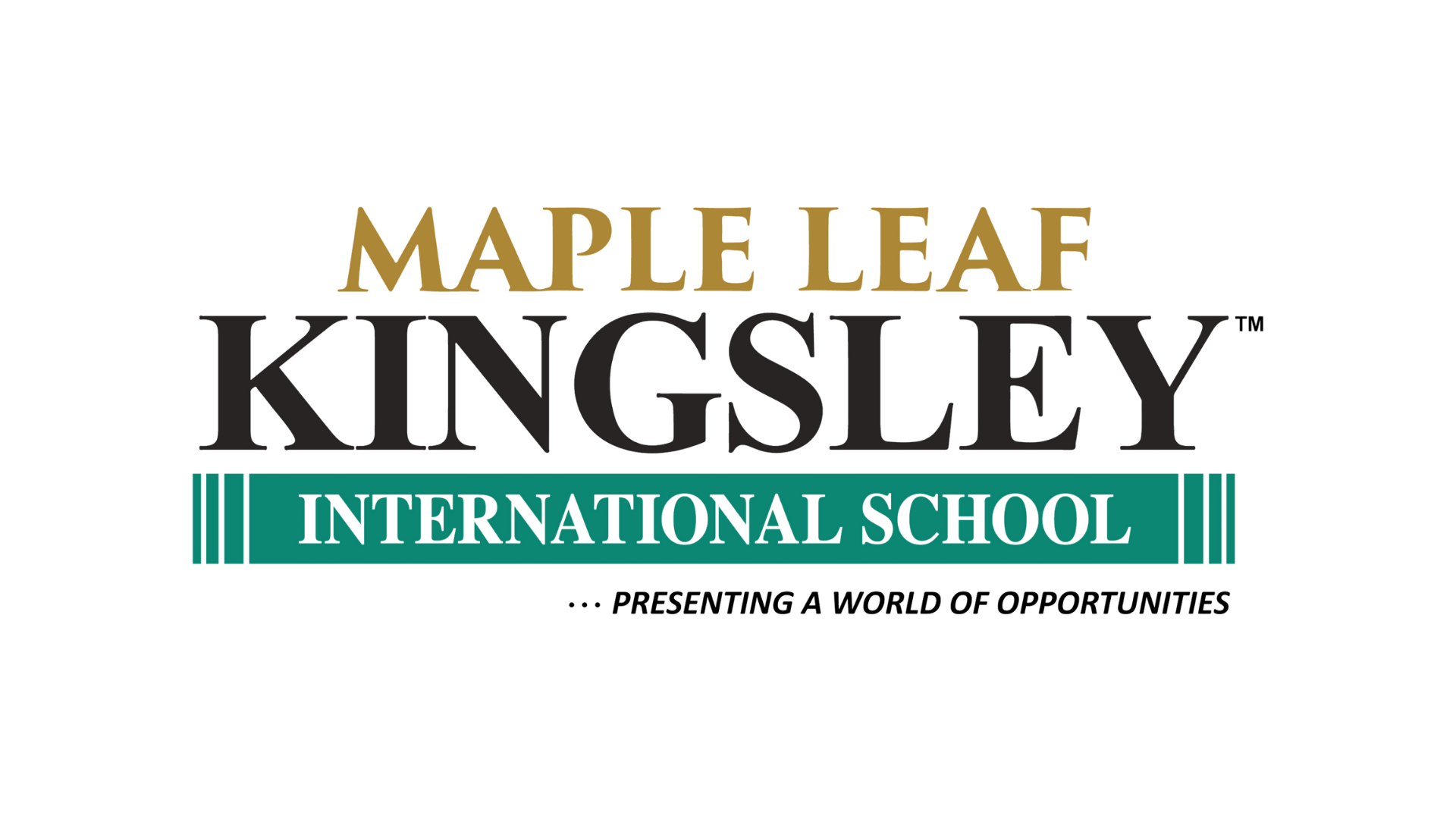Maple Leaf World School Program
Unique Characteristics
MLES CHINA
CONTENTS OF MAPLE LEAF WORLD SCHOOL PROGRAM
Three Key Characteristics of Maple Leaf World School Program (MLWSP)
MLES Intellectual Property Rights
Since 2014, Maple Leaf Educational Systems has organized a team of domestic and international experts and teachers to jointly research and develop its MLWSP. Maple Leaf has also successively registered copyrights for its curriculum. Maple Leaf applied for more than 1700 intellectual property rights.
In September 2020, MLWSP was officially implemented in Maple Leaf high schools, commencing in grade 10.
International Authoritative Accreditation
MLWSP has been accredited and validated by Cognia and benchmarked and accredited by Ecctis.
Unique Chinese Characteristics
Unique Chinese Characteristics are firstly reflected in the Chinese academic courses for Chinese students, mainly including Chinese Language and Chinese Social Studies (integrating history, geography, and political science), aiming to consolidate the linguistic foundation of Chinese students, enhance the sense of identity for their nation, and inherit excellent essences of Chinese culture and values. In addition, there are social practice, community service, and career planning related courses independently developed by Maple Leaf, as well as a series of school-based courses aimed at improving students' humanities and artistic taste.
Secondly, the Chinese language courses for international students support them to master Chinese efficiently and understand Chinese culture through leveling teaching.
Finally, the English academic courses and English language courses for all students also incorporate Chinese elements. For example, World History and Geography introduces the Age of Navigation and Exploration by the West, as well as the Chinese Zheng He’s voyage to the oceans, cultivating students' global perspectives of history and geography. The MLWSP is uniquely designed for students whose native language is not English, especially for Chinese students' learning, which can train the students' bilingual thinking ability.
Four Pillar Courses

12 Key MLWSP Teaching and Learning Strategies
Based on more than 20 years of teaching practice and exploration, Maple Leaf has implemented 12 effective teaching and learning strategies for ESL (non-English native language) students, all of which are embedded in all subjects across the MLWSP. The 12 are:
- Visual Exemplars
- Scaffolding Lessons
- Think-Pair-Share (Partner Talk)
- Vocabulary Enhancement
- Clear Lesson Goal-Setting
- Frequent Understanding Checks
- International & Intercultural Content (For example, using English versions of classic Chinese literature, history, current affairs, and other contents)
- Response Journaling
- Active/Engaged Learning
- Student Tracking of Achievement
- Consolidation Events
- Integration of Technology
Curriculum Characteristics of MLWSP
- World Studies
In this course, students learn the Western era of navigation, as well as the Chinese Zheng He’s voyage to the oceans. Students are required to compare and study China's history and geography within the world's history and geography and by so doing students develop global perspectives of history and geography.
- Academic English
MLWSP has doubled the required number of English courses, including adding academic English content to the previous English curriculum, to help students master the ability to learn mathematics, physics, chemistry, and other subjects in English, as well as read relevant literature and write papers in English.
- Leadership & Creative Thinking
This is a newly developed subject and course for MLWSP. As the name suggests, Leadership and Creative Thinking courses aim to train students' leadership and creative thinking through a systematic and curricular approach.
- AP Courses
For students who want to aim for the world’s top universities, a large number of university prerequisite courses have been added into the MLWSP as elective courses, including both AP courses and Maple Leaf's independently developed university prerequisite courses, which are equivalent to the difficulty level of first year in college, such as quantum computing, Einstein's theory of relativity, multivariate calculus, etc.





